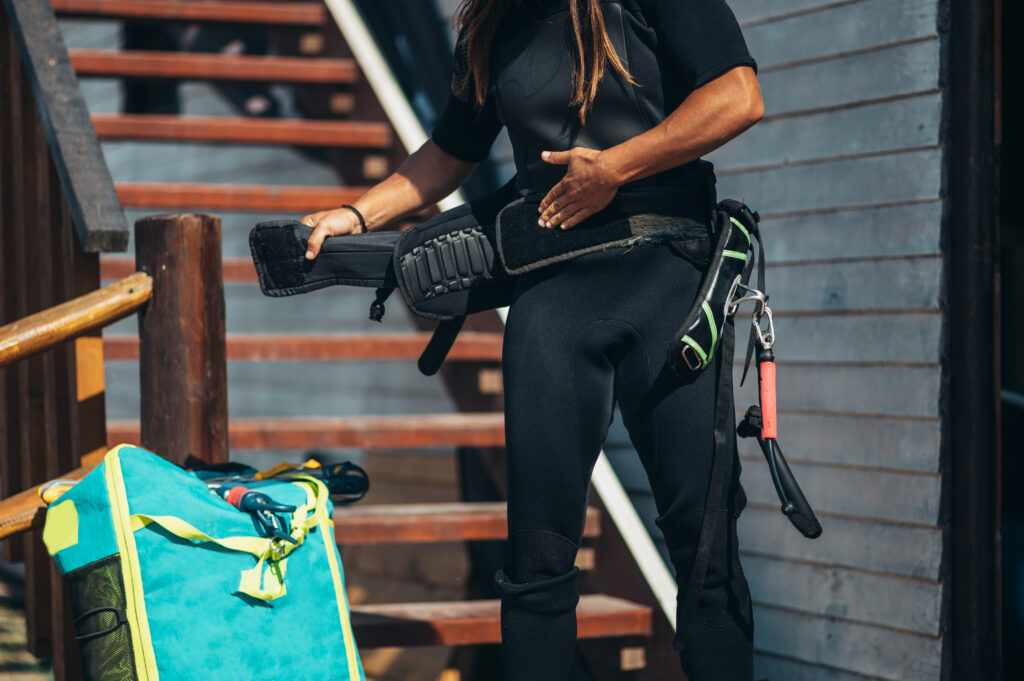Did you know that improper weighting is one of the most common and dangerous diving mistakes? It can lead to several issues and even emergencies. To ensure their safety and stability, divers should equip themselves with a weight belt for diving before plunging into the waters.
To help you get started on your diving journey, it is important to understand what a weight belt is and how it works:
What is a Diving Weight Belt?
A diving weight belt is a thick belt worn around the waist. Weights, like lead blocks, are clipped or pocketed into the belt. It has two functions: first, it is a ballast, providing the diver with neutral buoyancy and preventing them from floating too much. Second, it enables easier movement by maintaining proper trim underwater.
Additionally, weight belts come in quick-release or Marseillaise buckles, which let the diver quickly float in an emergency.
Now that you know how these belts work, here is how you choose the right one:
Choosing the Right Weights
The first place to start when determining the right amount of weight is your body weight. Begin by having 1 kilogram or 2.2 pounds per 10 kilograms of body weight.
The next factor is the thickness of your wetsuit, which also affects buoyancy. The thicker your wetsuit is, the higher the buoyancy. As a general guideline, add 1 kilogram for every 1 millimetre of wetsuit thickness.
Additionally, diving conditions will play a role in how heavy you need to be. If you are plunging into cold waters or exploring greater depths, you will need heavier weights.
Lastly, your equipment, such as your buoyancy control device and tank, will determine the overall amount of weight you require.
Selecting the Best Type
Now that you know your weight, it is time to choose which belt suits you the best in terms of preference, budget, and functionality. Diving weight belts come in various types, such as:
Webbing
Webbed weight belts are the most affordable option and are typically used by beginners. However, their nylon composition makes them less flexible and uncomfortable.
Rubber
A popular option is rubber weight belts. Although more expensive than webbed belts, they are extremely durable. They can also comfortably fit your body at different depths and temperatures.
Silicone
Another option is silicone belts, which provide more elasticity and resistance than regular rubber. While they are among the most comfortable types to wear, they can be expensive.
After selecting your belt, properly equip yourself and test out your new belt in safe waters. Adjust the weights to achieve the correct buoyancy and comfort.
Dive With Confidence
Understanding the right dive weight belt and proper weighting is crucial for safe and enjoyable dives, as it ensures buoyancy control, efficient movement, and emergency ascent.
Need the best equipment for your next adventure? Look no further than Smart Marine! Whether you are looking for weight systems, scuba hardware, or Black Magic tackle and fishing accessories, Smart Marine has everything you need. Visit their website here to learn more about their gear.
